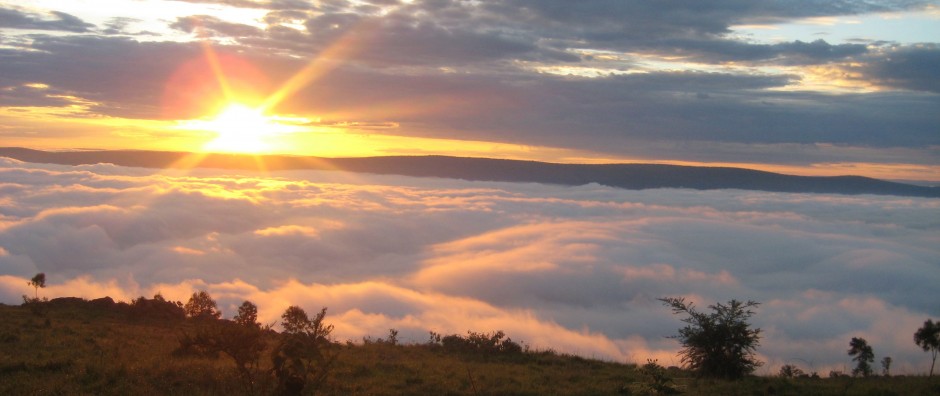In Tanzania it’s easy to forget that you are teaching the equivalent of High School students. While I haven’t spent much time around teenagers in High School since I was a teenager in High School, I have clear recollections about what most High School students were like. Largely, what I remember is a lot of boisterous and immature behavior. I think teenagers are mostly the same everywhere, but the combination of the language barrier and the exacting behavioral standards demanded by Tanzanian teachers makes it a lot easier for me to forget that my students are – at heart – boisterous and immature teenagers.
This is especially easy to forget in my good classes, especially among the Form I students who are new to Secondary School. I enter class to all my students standing up, and rousing greeting of “Good morning, sir!” even if it is the afternoon (largely they have been cured of this habit, but sometimes there is a relapse, as most of my classes start in the morning). When I ask them how they are, they respond “We are fine, sir!” Then, I must tell them to sit down before they will sit down. Some of my classes have their disruptive elements at the beginning, but typically if I make an example of somebody (even just having them sit up front or switch seats) the class will be quiet for the rest of the period, and even then most days go by without me needing to do anything disciplinary.
Unlike the United States, teachers move from classroom to classroom to teach the students that stay in the classroom all day. Sometimes these classes get loud when they are not being taught (sometimes a class will go a whole day without having a class), but most of the time students will sit quietly – completely unsupervised – doing work, or quietly talking to each other. I don’t think this would ever happen in the States. When a class does get really loud, it is taken very seriously by teachers and they are punished. Students are expected to clean the school grounds every morning for 15 minutes, and largely they do this far more effectively than a group of American students tasked with cleaning their school campus would do so (though there is a lot of hanging around talking).
In a sense, this behavior is fear-driven as students do not want to get hit, but fear of being hit cannot drive an entire class of students to study quietly for hours with no supervision at all. Of course, this is not always the case, and classrooms get loud, which is not entirely unexpected, but you can see how this good behavior would lead me to forget that many of my students are the boisterous and immature teenagers that I mentioned earlier.
I see hints of this behavior all the time in the way some students talk to each other, though I often cannot understand what they are saying. I see it in the way they respond to the embarrassment of their fellow students (laughing), and in the way they crowd and push around when interesting happens (the discipling of other students, for example). But where it became most obvious to me recently was a welcoming celebration for the new form ones, which was really more like a Tanzanian-style assembly. So many things about this assembly brought me back to high school, from the ridiculous skits and crazy dancing, which pushed the envelope on what was acceptable, to the reactions from the students, the catcalls, shouting, and cheering. Over the course of this assembly I realized that Tanzanian students may be unique in some ways, but in the end not a lot makes them that different from their American counterparts. Their is a wide gulf of social difference, and different kinds of experiences that separates the groups, but given the right conditions my students here wouldn’t have too much trouble identifying the experience of adolescence that ties them to other students in America, and to students across the globe.
